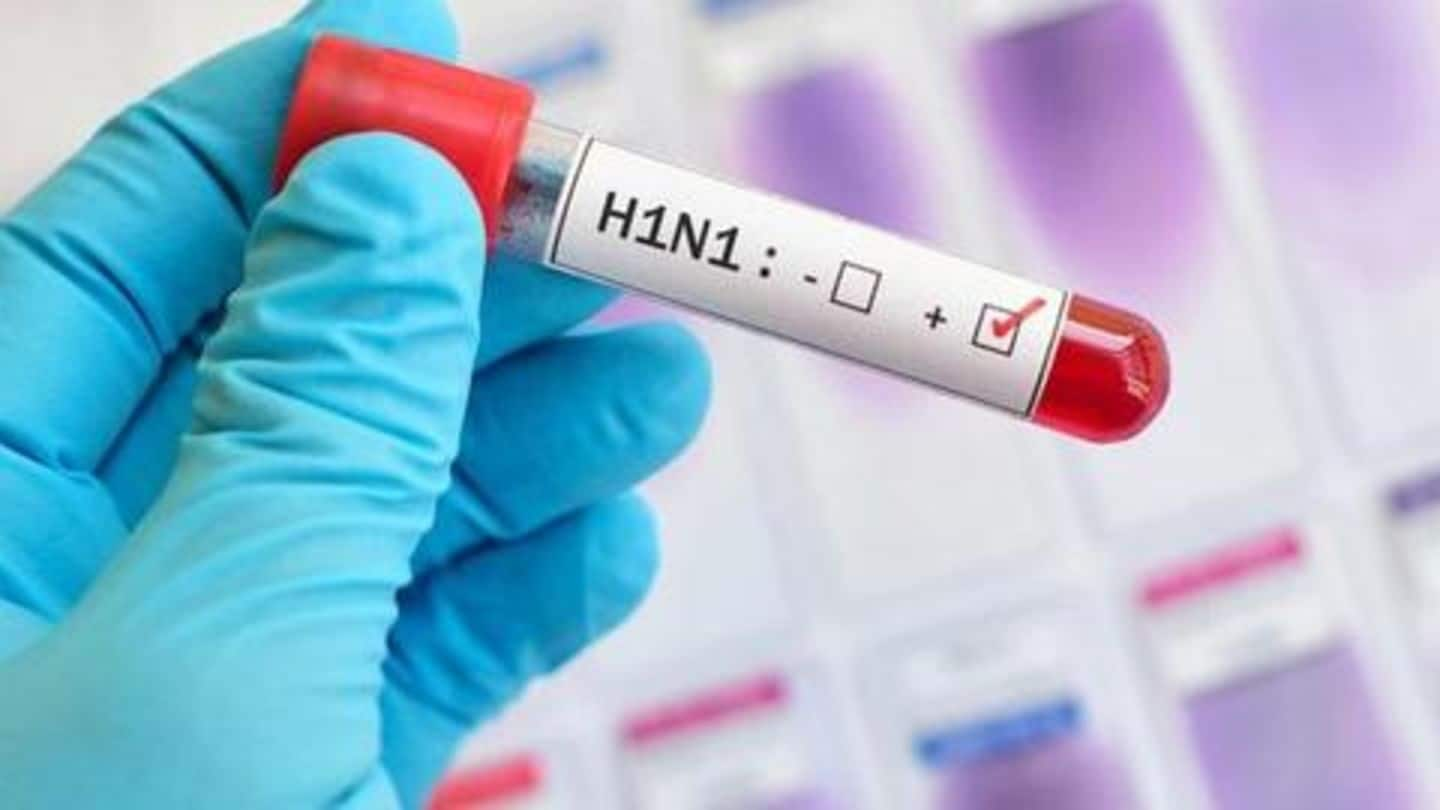
Over 6,700 swine flu cases, 226 deaths trigger health alarm
What's the story
There has been an alarming spike in swine flu (H1N1) cases in India this year, with 6,701 confirmed cases and 226 deaths recorded up until February 3. During the corresponding period in 2018, only 798 cases and 68 deaths had been reported. However, experts say that a spike in cases was likely to happen this year as swine flu outbreaks are cyclic. Here's more.
Quote
Why the spike in cases was expected
"Flu outbreaks are cyclic and the numbers go down every alternate year as outbreaks lead to the community developing immunity against infection. Last year, there were fewer than 15,000 cases, so this year we are expecting some increase," said Union health secretary Preeti Sudan.
Details
The sharpest spike was in first week of February
The spike in swine flu cases was the sharpest in the week ending February 3 - a third of the total swine flu cases of 2019, or 2,101 cases were recorded in this week itself. Notably, the most number of swine flu cases have been reported from north India, with Rajasthan being the worst hit. Haryana and Delhi have also seen significant numbers of cases.
Worst hit
The four states that have been badly hit
The situation in Rajasthan is quite dismal, and according to the National Center for Disease Control (NCDC) data, there have 2,263 confirmed cases and 85 deaths in the state up until February 3. Delhi is the second-worst sufferer, with 1,011 cases. However, there have been no deaths in the capital yet. Gujarat has seen 898 cases with 43 deaths, while Haryana has seen 490 cases and 2 deaths.
Quote
Low mortality incidence indicates good case management
"Cases in Delhi and Haryana have gone up, but there have been fewer deaths, which is an indication of good case management as 75% deaths occur in people at risk with co-morbidities, such as existing respiratory disorders, diabetes or high blood pressure," Sudan added.
Response
How authorities have responded
Given the situation, the health ministry has begun fortnightly video conferences with the states. Meanwhile, the NCDC is working closely with the authorities in Rajasthan to contain the swine flu outbreak through a state-wide campaign to monitor all cases of fever, especially in rural areas where awareness about swine flu is low.
Swine flu
A brief introduction to swine flu
For those unaware, swine flu is caused by the H1N1 virus, which is one of the most prevalent and contagious viruses. Swine flu has three categories of intensity - A, B, and C. While Category A and Category B swine flu can be easily treated at home, Category C generally needs immediate hospitalization. Category C swine flu, if untreated, could lead to death.
Advice
Symptoms, vulnerability, and what to do if affected
Common symptoms of swine flu infection include fever, cough, headache, diarrhoea, vomiting, and a general feeling of uneasiness. While anyone could contract the disease, children aged below five years, and adults aged above 65 years are particularly vulnerable. In case you notice any of the aforementioned symptoms, it is advisable to visit your doctor as soon as possible.